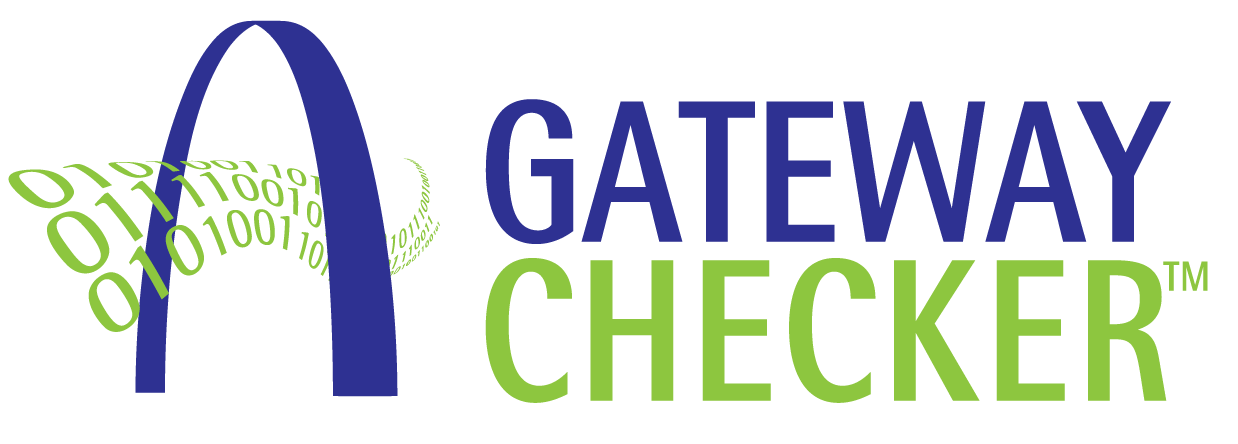The Importance of Collaboration to Address Drug Shortages
On October 31st, 2024, I listened to a compelling LinkedIn conversation hosted by Chip Davis of the Healthcare Distribution Alliance, titled “Working Collaboratively to End Drug Shortages.” Joined by Laura Bray of Angels for Change and April Gile of the End Drug Shortages Alliance (EDSA), the panelists emphasized the crucial role of collaboration in addressing the issue of drug shortages. Both of their organizations have taken tremendous strides in addressing the issue of drug shortages, an issue adversely impacting millions of Americans every single year.
When organizations work as individuals, rather than cooperating, little is accomplished to address the drug shortage crisis. In the conversation, Bray stressed “I have so many examples of times where 3 people in a room did way more than 30 individual organizations trying to solve [the drug shortage crisis]. 30 people in a room working to the same goal can truly solve the crisis and save lives.” The complexity of supply chains and other communication barriers make cooperation more difficult; however, its organizations like theirs that are helping make this process easier.
To address shortages, we must bring together supply chain partners who typically don’t interact with each other. As April highlighted in the conversation, transparency and proactiveness are the keys to success. She noted:
“How do we identify shortage risks in a preventive way, ahead of a shortage vs. behind it? How do we think about promoting transparency between these partners who have really never worked (together) before around inventory awareness, and really create an effective collaboration approach to prevent disruptions ahead of time vs. being responsive after a disruption occurs.”
Pharmaceutical partners must invest in systems and processes that encourage greater transparency across the supply chain; one of these solutions is product verification through the Verification Router Service (VRS).
Could VRS Help Solve the Problem?
Though most understand VRS as a means to handle saleable returns, product verification through VRS could provide other benefits. VRS can help proactively address drug shortages in a variety of ways, assuming supply chain partners verify product both at the time of order receipt and delivery. By identifying replenishment rates to better address supply and demand, authenticating sources to prevent improper disposals, and providing up-to-date product information to support inventory turnover, there is a major role VRS can play in addressing shortages.
Traceability is currently limited to a one-up, one-back system, where partners only track drugs one partner before (direct supplier) and one partner after them (direct buyer). However, as drugs make their way from manufacturers to end consumers, there are usually 4-5 stops they make along the way; these stops include wholesalers, distributors, third-party logistic providers, and/or other partners. It’s clear to see how supply chain visibility and transparency can be limited from start to finish; product verification through VRS systems, if used effectively, can help address the drug shortage crisis.
The challenge? Making VRS data available for every supply chain partner. Currently, VRS data goes directly back to the manufacturer. However, in consideration of the role VRS could play in proactively addressing the drug shortage issue, could we consider making the data available to all supply chain partners? Could centralizing this data for analysis address the root cause of drug shortages better than current methods? While industry partners would need to collaborate extensively for this to work, the added transparency and visibility integral to resolving the drug shortage crisis would make it well worth it.
What do you think? Do you see a future where VRS helps prevent and resolve drug shortages?

